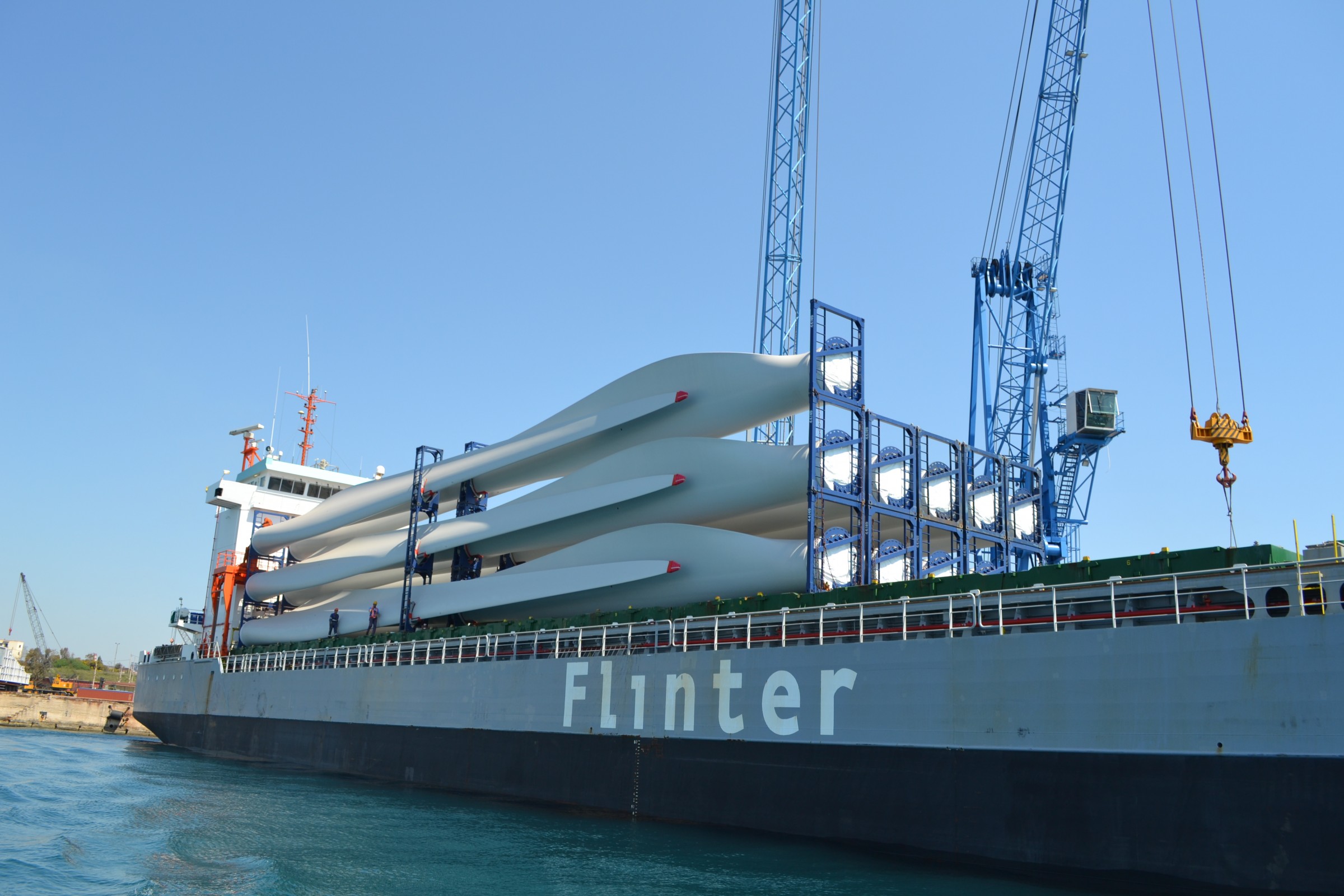Port pro of the month: Sergio Prete (IT)
29 October 2021
This month, Mr Sergio Prete, President of the Port Network Authority of the Ionian Sea – Port of Taranto, tells ESPO about his long-term vision for the Port of Taranto, the main investment projects, the impact of the COVID-19 crisis on the port, how he got into maritime transport, and many other interesting topics!
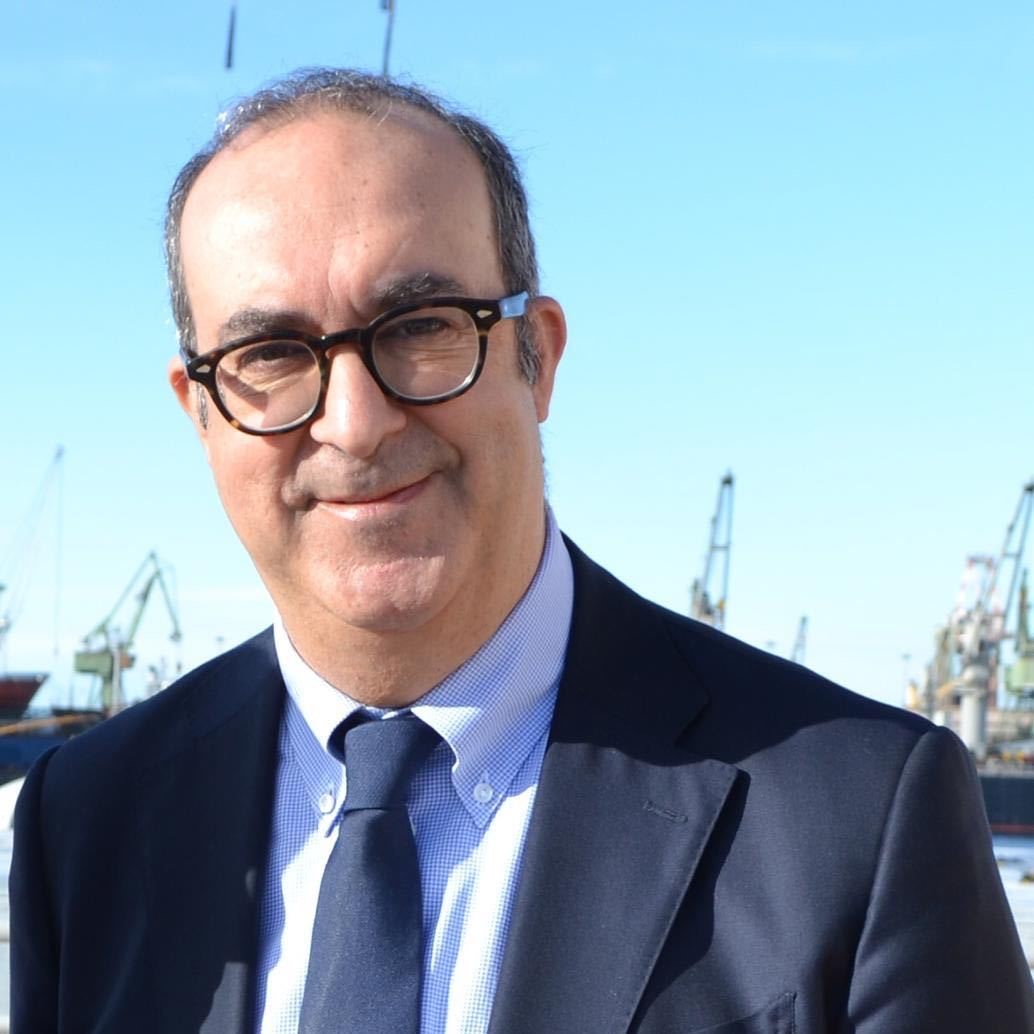
Can you briefly tell us more about the Port of Taranto? What are its main characteristics and challenges?
The Port of Taranto is a multipurpose port serving commercial, industrial, as well as touristic traffic and is located in the South of Italy, in the Puglia Region.
The Port is at the heart of a continuous vision committed to laying the foundation for a sustainable growth of all port works and activities. We strive to achieve this goal by promoting a seamless and vivid diversification strategy. Our goal is to shape and renew the image of our Port as a brand-new generation port that is a modern, sustainable, competitive and intermodal global hub fostered by new projects mainly based on innovation. To this aim, we have started to consider our Port as a greenfield platform for the creation of networks and relations whose aim is to give new life to ideas and projects intended to push the local and national economy and to support the transition of our hub towards a smart green port.
The Port of Taranto is the place where maritime and logistics meet and embrace the designing of new projects based on sustainable and inclusive growth.
What is your long-term vision for the Port of Taranto? What are the main investment projects for the coming years?
Our ambition is to become a cutting-edge tourist and logistics intermodal hub at the heart of the Mediterranean. To achieve this target, we are investing in a huge number of projects, initiatives and infrastructural works, mainly oriented towards enhancing the intermodal connectivity and function of the Port itself (e.g. Ecopark project, “Falanto” Multipurpose Service Center, Logistic Platform, modernisation of the container terminal, etc.). In addition, a considerable importance is also given to re-flourish the governance approach and the policy making attitude of the Port Authority as they represent the main tools to shape and enhance the strategic positioning of the Port of Taranto as well as to add value and allure to local heritage and resources.
The Port’s location overcomes all bottlenecks and ensures efficient intermodal connections – the port provides full and direct links to road and rail networks – as well as the availability of free areas and a leading international maritime cluster. Furthermore, the presence of a Special Economic Zone in the port and back-port domain as well as the presence of a Customs Free Trade Zone inside the Port area also represents a unique advantage as well as a strong push for investment, as the areas in the SEZ and in the FTZ will benefit from “zero bureaucracy” and additional tax benefits.
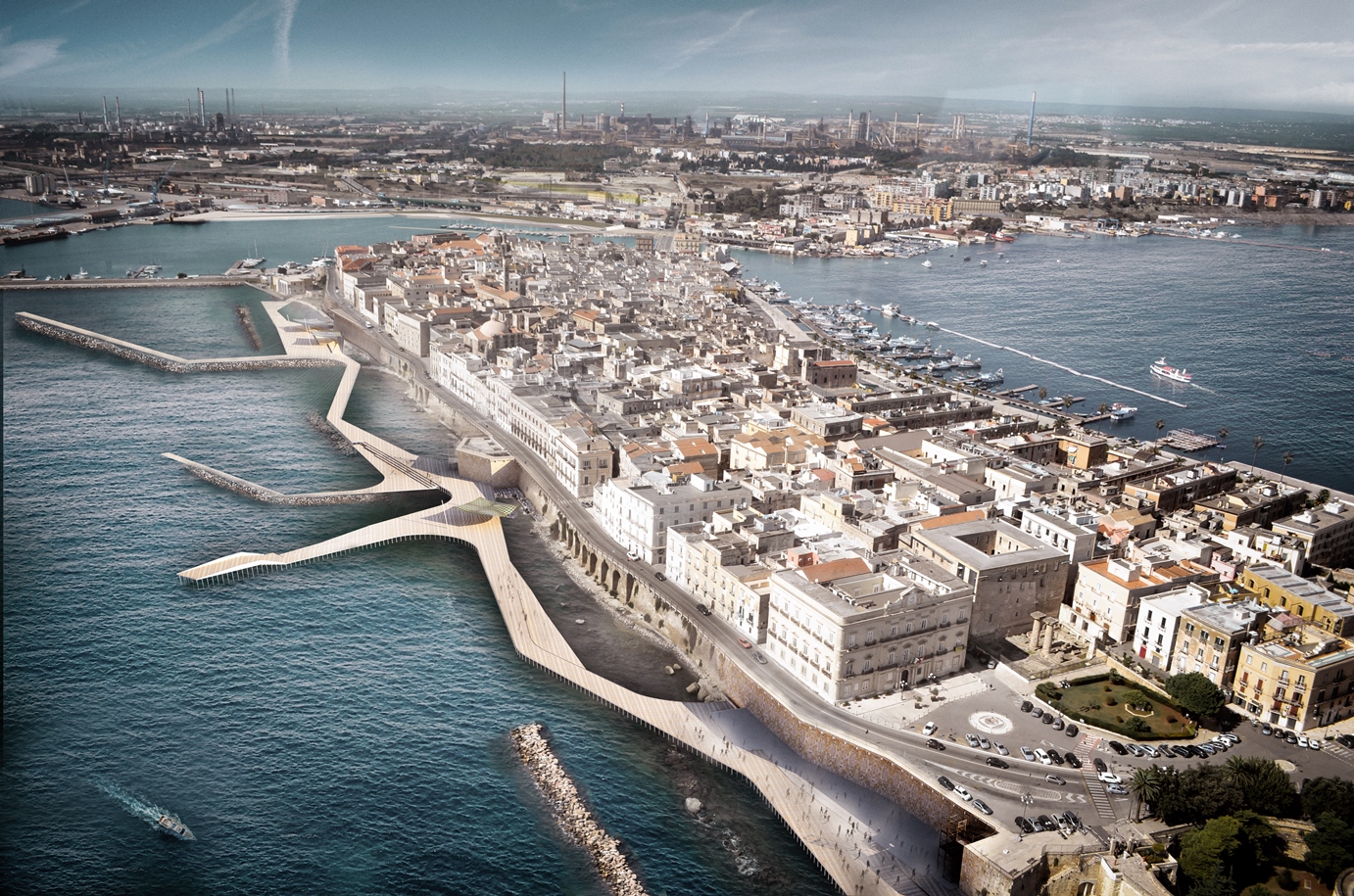
The COVID-19 crisis is having a profound impact on the European economy and society. What has been the impact of this crisis on the Port of Taranto? Do you also already see signs of recovery in the Port of Taranto?
The exceptional and difficult period of the COVID-19 crisis has touched the global maritime industry worldwide during a global state of alarm. The Port Network Authority of the Ionian Sea (PNAIS), in addition to the measures taken to manage the crisis, reacted with a deep sense of revival characterised by a resilient approach: we all had to keep on working on the strategic priorities! To this aim, the PNAIS – supported by the overwhelming response and measures promoted by local and national institutions – worked closely with the port cluster to provide guidance and support to all services and activities and to address any issues relating to safety and security. More than ever, we needed to foster the joy of interacting by sharing knowledge and experiences with our port community!
The Port of Taranto is a core port on the Scandinavian-Mediterranean Corridor of the Trans-European Transport Network (TEN-T). How did the port benefit from being a core port on the Scandinavian-Mediterranean Corridor?
Being a core port of the TEN-T network is a great asset for the Port of Taranto as we can have access to a considerable number of opportunities coming from the CEF programme. Indeed, the TEN-T network is a major gateway to EU funding as it concretely boosts the economic growth and competitiveness of the European infrastructure network, especially in the fields of energy, transport and digitalisation, but also as far as the implementation of the EU sea routes and the Motorways of the Sea are concerned. Of course, the participation in the Corridor Fora provided for by the EU Regulation n. 1315/2013 is a great opportunity to formally legitimise the port's role in the EU transport network and to share a development strategy at the EU level.
To get the goods to the desired destination, a good access between the port and the hinterland is needed. Could you briefly tell us how the port is connected with the hinterland? Can this be further improved?
The port is fully linked with the industrial component of the local territory (Acciaierie d’Italia, ENI, Vestas, etc.) by a high-end connecting infrastructural network. The implementation of intermodal links will also allow to enhance the connection with the hinterland as the future improvement related to the launch of the logistic platform and the Taranto “Eco-park” will further contribute to the flourishing of new benefits and import/export services from/to the port of Taranto.
The cruise business in Europe has suffered greatly from the COVID-19 pandemic. What has been the impact of COVID-19 on the cruise business in the Port of Taranto?
Cruise tourism is for the port of Taranto not only a matter of diversification but also resilience and cooperation: in the first months of 2020 the port of Taranto welcomed the Costa Favolosa, one of the largest ships in the Costa fleet, for its lay-up at the port. Safety was ensured to both the ship and the 674 crew members thanks to the collaboration of the local authorities and the support of the Multipurpose Pier concessionaire, the San Cataldo Container Terminal – owned by the Yilport Group – which let the Costa Favolosa berth at the Multipurpose Pier of the port of Taranto. During the remainder of 2020 the MSC Fantasia and MSC Opera were in lay-up at the port of Taranto, both of them berthing at the Multipurpose Pier. Such an accommodation – as in the case of Costa Favolosa – ensured safety for both the local community and the crew on board. Thanks to the expertise of port operators and professionals, and the support from institutions – firstly from the Municipality – the prolonged lay-up period was carried out in total safety. In 2021, the cruise season of the “destination Taranto” has started with the maiden call of the MSC Seaside, giving the “sea capital” of Taranto a first-rate position on the global passenger traffic panorama. It turned out to be one of the best cruise deals of MSC Cruises for the range of excursions offered to cruisers through the unbeaten path and hidden gems in and surrounding Taranto. Homeporting activities were also carried out for the very first time in Taranto, in the newly established cruise terminal, set up in record time by the Taranto Cruise Port – a company owned by Global Port Holding, the world’s largest independent cruise port operator – and now operational.
The port of Taranto also welcomed the inauguration of a new cruise terminal infrastructure – that will be located inside the “Falanto” Multipurpose Service Center, currently under construction – and doubled its numbers of calls, with 5 new cruise lines choosing Taranto as port of call. Numbers from the last and the future cruise seasons – although the negative impact of the ongoing COVID-19 emergency has led to the cancellation of 2020 calls – are thus confirming the “extraordinary” positive trend registered by the region in terms of incoming growth and arrivals from abroad.
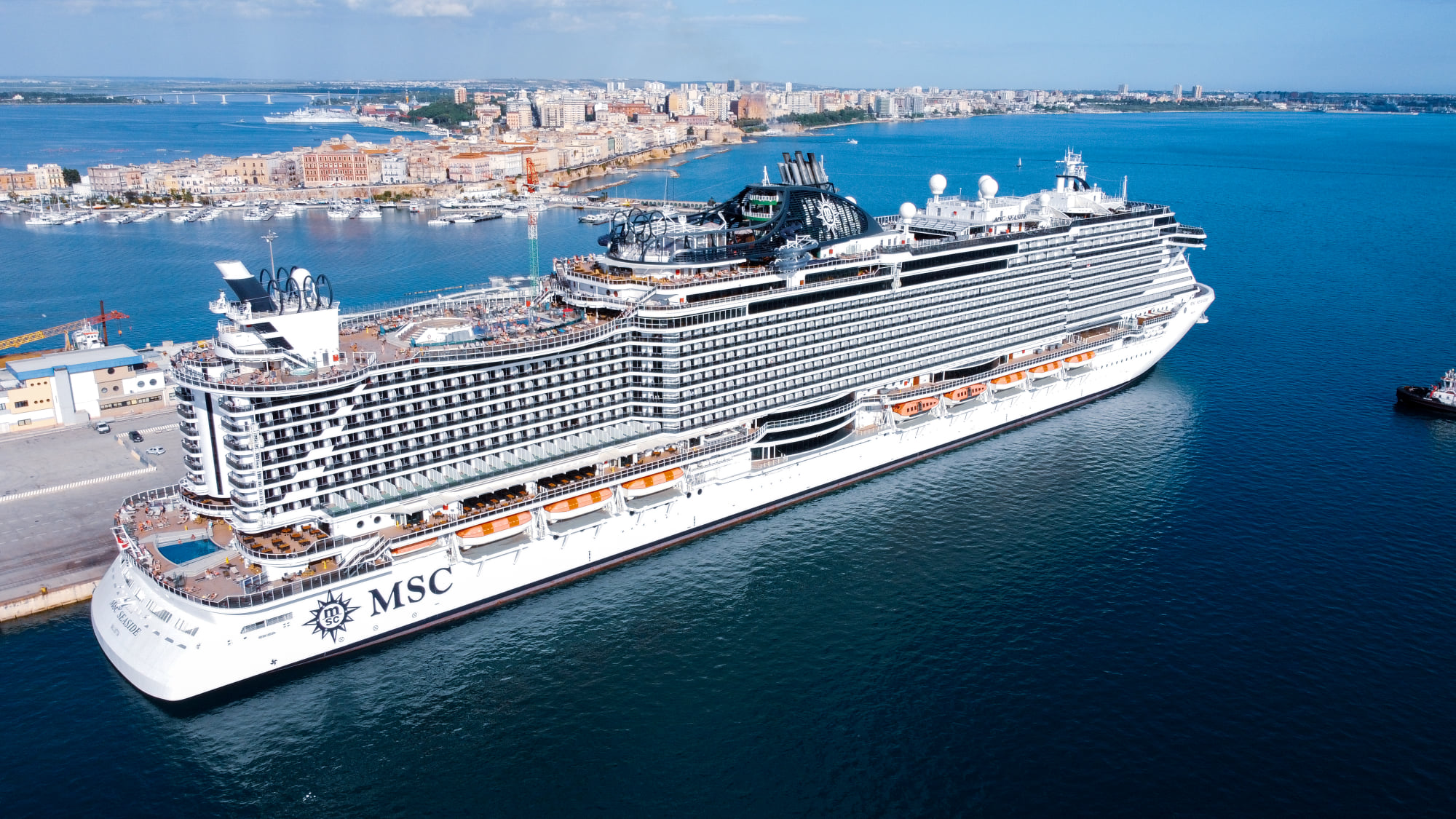
The European Green Deal aims to make the EU climate neutral in 2050. How do you think a port managing body can contribute to the decarbonisation of the transport and the logistics chain?
Ports play a fundamental role in the decarbonisation of the transport and the logistics chain. Notably, they can adopt valuable initiatives aimed at reducing environmental impacts; therefore, port management bodies can promote a meaningful dialogue with shipowners to identify technical solutions relating to alternative fuels. Today ports can also play a leading role in promoting the development of energy efficiency and production projects.
On 9 November, the 2021 ESPO Award on Social Integration will be handed out to the port managing body that proves to play a special role in the recovery from the pandemic and for the prosperity of the city and local community. What is the added value of the Port of Taranto to its local community? Does the Port of Taranto have projects to enhance the relationship between the port and the local community?
The Three-Year Operational Plan 2020-2022 of the PNAIS identifies five main strategic objectives to be achieved by 2022: innovation, port and territory, sustainability, physical infrastructure and competitiveness. These objectives are the result of an innovative strategy that the PNAIS decided to adopt in order to improve the image of the port through the active participation of the local stakeholders. “Port and territory” is the main objective covering a constellation of actions focused on the development of a broader place-ma(r)king and social integration strategy. The aim is to support the regeneration of the relations between the port and the city of Taranto, as the whole port ecosystem is striving to put this element as a priority capable of inspiring a number of activities. Some of them have already started; some others are currently ongoing in the port and are almost close to see the light. To this aim, there is an open dialogue, participation and mutual cooperation with the local territory and key players for the promotion of a sustainable economic, social and urban recovery of Taranto port-city.
The PNAIS is developing the following set of projects aimed at promoting a dynamic and steady evolution of land-sea interfaces into crossroads of cultures and hubs of commerce and trade, ensuring thereafter the general evolution of the city’s sea-based landscape and identity and the improvement of social integration between the port and the city of Taranto: 1. The regeneration of the urban “Waterfront Mar Grande”; 2. The creation of an “Open Port”, the Port Exhibition Center of Taranto; 3. The development of cruise tourism; 4. The organisation of events dedicated to enhancing port-city relations (i.e. the “Taranto Port Days”). The Authority is engaged in the massive opening to port culture and activities, thus increasing awareness among citizens and institutions about the high values and resources related to the sea. Our strategy is to strengthen the relationship between the port and the city, thus investing in our waterfront as a common space for common people recognising themselves in the same port city. To this aim, the “Open Port” Exhibition Centre is intended to be the place bringing together ideas, innovation, and port culture and history in a unique space overlooking the waterfront.
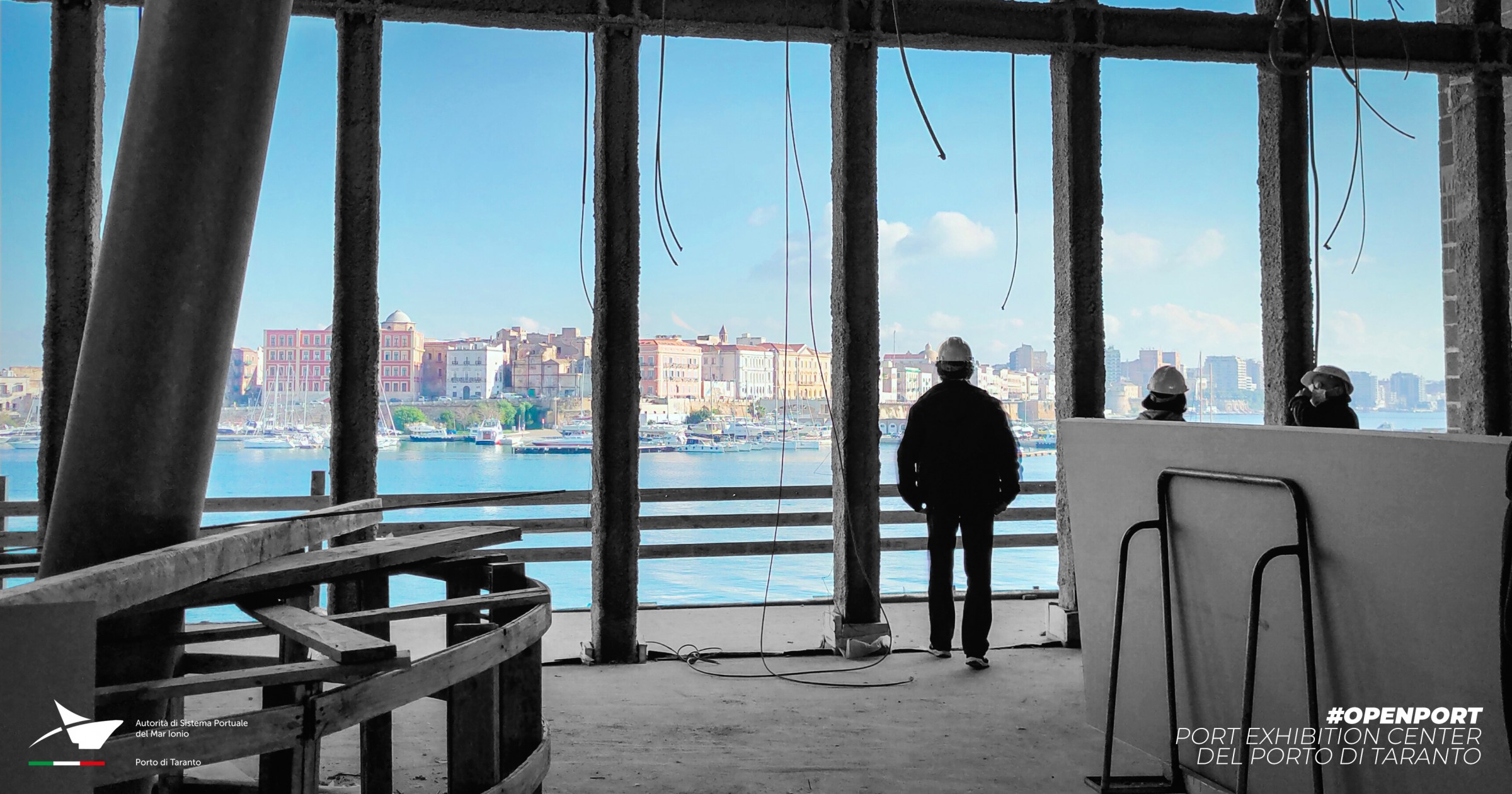
How did you get into maritime transport? How did your career path lead to this position?
For years, I have been working as a lawyer specialised in Maritime Transport and Law. I have been teaching as a Professor in Maritime Law and Port Management at the University of Bari. This has favored my appointment as President of the Port Authority in Taranto and has also contributed to increasing my specialisation, not only from a theoretical but also from a practical point of view.
The particularity of the dual role also contributed to my nomination as Member of the “Expert Committee” of the Shanghai International Shipping Institute – the research institute from Shanghai supporting the Chinese Government and private/public Chinese maritime operators in the transport and logistics sector – within a cooperation in the research field.
Related documents
No attachments.

